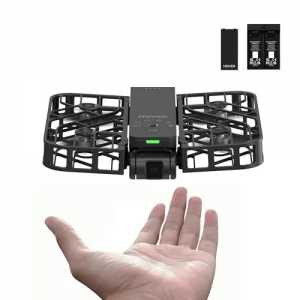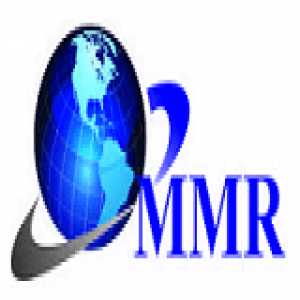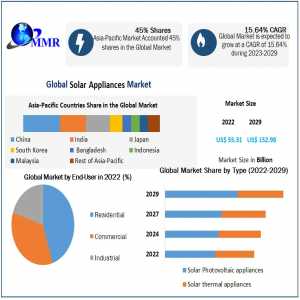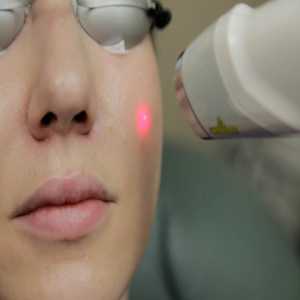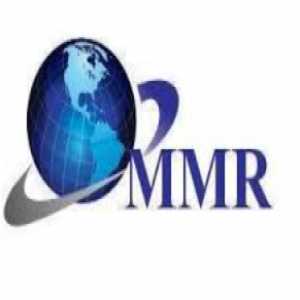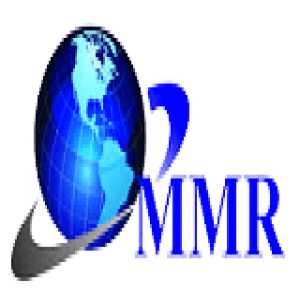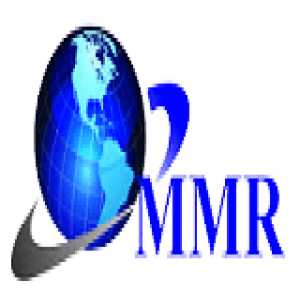
Richard C. Larson: Engineering Solutions, Empowering Minds
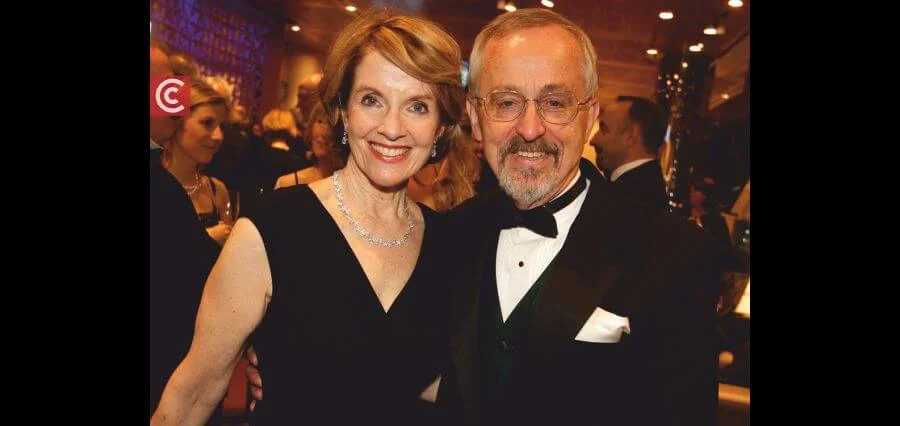
In an age defined by rapid change and growing complexity, the most influential leaders are those who balance scientific rigor with social conscience. They stretch the boundaries of knowledge while grounding their work in human impact. Richard C. Larson—researcher, teacher, entrepreneur, and innovator—stands as one such figure. His career has touched the design of cities, the structure of classrooms, and the opportunities available to communities worldwide.
Foundations: Early Life and Academic Roots
Born in 1943 in Bayside, Queens, New York, Richard “Dick” Larson grew up moving between Pennsylvania, New Jersey, and Massachusetts. Each transition nurtured adaptability and curiosity—qualities that later defined his professional life.
After excelling at Needham High School, he enrolled at the Massachusetts Institute of Technology (MIT), earning his bachelor’s (1965), master’s (1967), and doctoral (1969) degrees in electrical engineering. His Ph.D. dissertation, Models for the Allocation of Urban Police Patrol Forces, laid the groundwork for a lifelong pursuit: using scientific models to solve urgent real-world problems in urban systems and public services.
Operations Research: Turning Theory into Practice
Defining a Discipline
Operations research (OR), born during World War II, applies mathematics, statistics, and optimization to complex decision-making. For Larson, OR became a canvas where theory met societal need.
Transforming Urban Services
In the late 1960s, working with the RAND Corporation, Larson developed groundbreaking models for deploying emergency services in New York City. His research on resource allocation and dispatching transformed how cities organized police, fire, and ambulance systems. These were not abstract equations—they reshaped public policy, accelerated response times, and improved community safety.
Leadership and Recognition
Larson’s influence quickly spread. He served as President of the Operations Research Society of America (1993–94), became a founding fellow of INFORMS (2002), and led the society as President in 2005. His election to the National Academy of Engineering in 1993 recognized his “development and application of operations research methods for public and private sector service industries.”
“Doctor Queue”: Humanizing the Wait
Beyond academia, Larson became widely known as “Doctor Queue,” a specialist in the mathematics and psychology of waiting lines. He demonstrated that people’s perception of waiting often mattered more than the actual duration. Through radio, newspapers, and talks, he popularized ideas that blended analytical insight with human empathy, showing how small design changes could transform customer experiences.
Transforming Education: The EdTech Visionary
From MIT Classrooms to Global Reach
In 1995, Larson turned his attention to education technology as Director of MIT’s Center for Advanced Educational Services (CAES). He believed technology could democratize access to world-class learning, regardless of geography. He modernized MIT classrooms for interactive global teaching and launched initiatives like the Singapore–MIT Alliance, which connected students across continents in real time.
Building Global Networks: LINC
In 2002, Larson founded the Learning International Networks Consortium (LINC), headquartered at MIT. LINC convened educators, policymakers, and practitioners from over 25 countries, focused on expanding digital learning to underserved communities. Its mission was simple but bold: to use technology to deliver quality education at scale.
MIT BLOSSOMS: A New Model of Blended Learning
Larson’s signature EdTech achievement is MIT BLOSSOMS (Blended Learning Open Source Science or Math Studies). Inspired by a visit to a rural school in China, he envisioned interactive video modules that did more than broadcast lectures—they sparked curiosity and enabled classroom discussion. Under his leadership, BLOSSOMS created free math and science lessons taught by global experts, designed for teachers to integrate into their own classrooms. The model has since become a benchmark in open educational resources, particularly in underserved regions.
Research, Mentorship, and Professional Service
A Prolific Scholar
Over his career, Larson authored six books and more than 175 scholarly papers spanning urban service systems, disaster preparedness, queueing theory, smart energy, workforce planning, and digital learning. His scholarship stands out for intellectual rigor paired with practical utility.
Mentor and Guide
At MIT, Larson mentored generations of Ph.D. students, including Kent W. Colton and Maia Majumder, guiding them toward influential careers. Known for his clarity and approachability, he was equally dedicated to helping students thrive as he was to advancing theory.
Service to the Profession
Larson strengthened his field not just through research but also through leadership. His presidencies of ORSA and INFORMS fostered interdisciplinary collaboration and community. His recognition—from the Kimball Medal to the Harold Larnder Prize—speaks to his enduring impact.
A Life of Values and Balance
Larson married Mary Elizabeth “Liz” Murray in 1979 and balanced an extraordinary professional career with devotion to family and community. After Liz’s passing in 2022, his colleagues and students remembered not only his brilliance but also his generosity of spirit, accessibility, and deep humanity.
Educational Philosophy: Model Thinking for Everyday Life
At the core of Larson’s teaching is “model thinking”—using conceptual and mathematical models to interpret and solve real-world problems. He urged students to act as “detectives,” questioning assumptions, testing evidence, and refining conclusions. His latest book, Model Thinking for Everyday Life, distills this approach into tools for critical reasoning accessible to all.
Larson rejected rote memorization in favor of active learning. BLOSSOMS modules, for instance, are designed to pause for hands-on activities, promoting interaction rather than passive watching. For him, education was not just about transferring information, but about empowering learners to think critically and act creatively.
Enduring Legacy
Richard C. Larson’s legacy spans two great domains:
-
Operations Research, where his models revolutionized emergency services and resource allocation, earning him global recognition.
-
Education Technology, where his innovations opened access to high-quality learning across borders and generations.
He stands as both a systems engineer and a humanist—one who combined mathematical precision with compassion, and global vision with local impact. His work continues to influence scholars, policymakers, educators, and everyday learners, ensuring that his blend of analytics and empathy will endure for decades to come.
Read More :https://thecioconnectmedia.com/richard-c-larson-engineering-solutions-empowering-minds-a-legacy-at-the-intersection-of-analytics-and-education/
Author Bio
Article Comments
No Comments!
At present there are zero comments on this article.
Why not be the first to make a comment?
Similar Articles
Search Pages
User Upgrade
account to full use of editor,
Including hyperlinks
Article Categories
There are zero sub-categories in this parent category.
There are zero sub-categories in this parent category.



